|
|
Unlocking the potential of a thriving future lies within the foundation of sustainable development.
As the world grapples with the urgent need to address environmental degradation, social inequality, and economic instability, the pillars of sustainable development emerge as beacons of hope. These pillars, like mighty guardians, stand tall, offering a roadmap toward a harmonious coexistence between humanity and the planet we call home.
Delving into each pillar, we unveil a tapestry of interconnectedness.
The environmental pillar nurtures a planet thriving with biodiversity, clean air, and renewable resources.
The social pillar champions justice, empowerment, and the well-being of all individuals.
The economic pillar paves the way for a prosperous society where innovation and responsible practices drive growth.
Join us on an enlightening journey as we unravel the untold stories of the pillars of sustainable development, exploring their significance and illuminating the path toward a future where humanity and nature thrive in harmonious unity.
Environmental Pillar
The environmental pillar forms the foundation of sustainable development, focusing on nurturing the planet’s natural resources, conserving biodiversity, and promoting sustainable resource management.
It emphasizes the need for responsible stewardship of our environment to ensure its longevity.
One of the key aspects of the environmental pillar is the preservation of biodiversity. With countless species facing the threat of extinction, protecting biodiversity is crucial for maintaining the balance of ecosystems and securing the future of our planet.
Furthermore, sustainable resource management is another vital aspect of the environmental pillar.
It entails adopting practices that reduce waste generation, promote recycling and reuse, and encourage the use of renewable resources. The transition to renewable energy sources, such as solar and wind power, plays a pivotal role in mitigating climate change and reducing our reliance on fossil fuels.
Numerous successful environmental initiatives serve as beacons of inspiration.
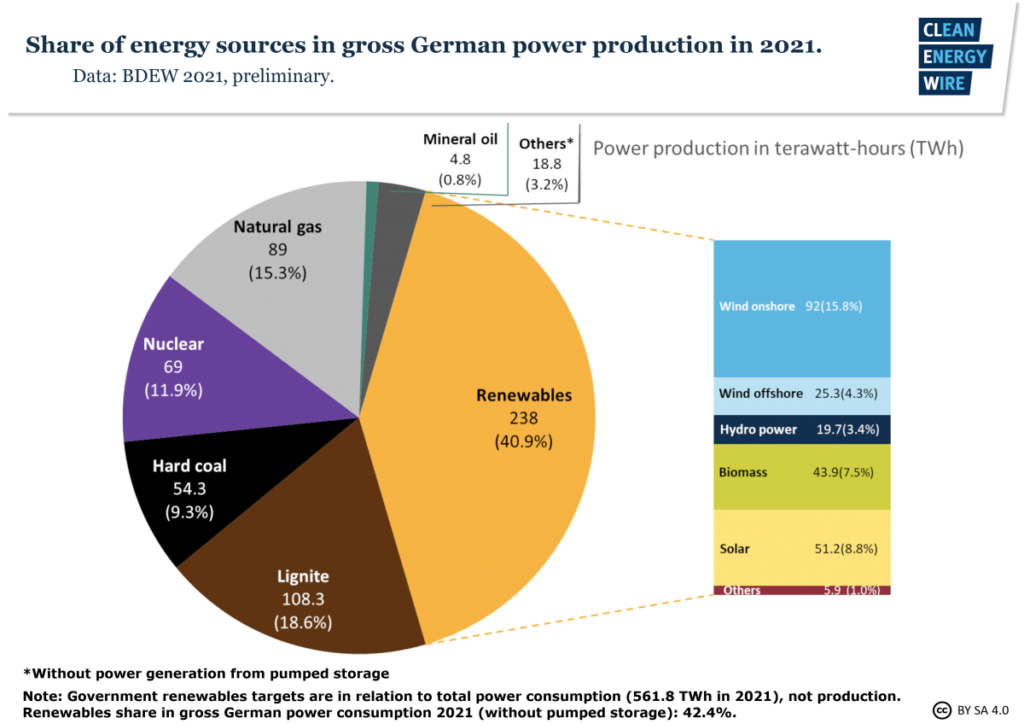
For instance, the conservation efforts in the Galapagos Islands have preserved unique ecosystems and protected endangered species, while the implementation of large-scale renewable energy projects in countries like Denmark and Germany demonstrates the feasibility and benefits of transitioning to clean energy sources.
Social Pillar
The social pillar of sustainable development revolves around promoting social equity, justice, and well-being for all individuals.
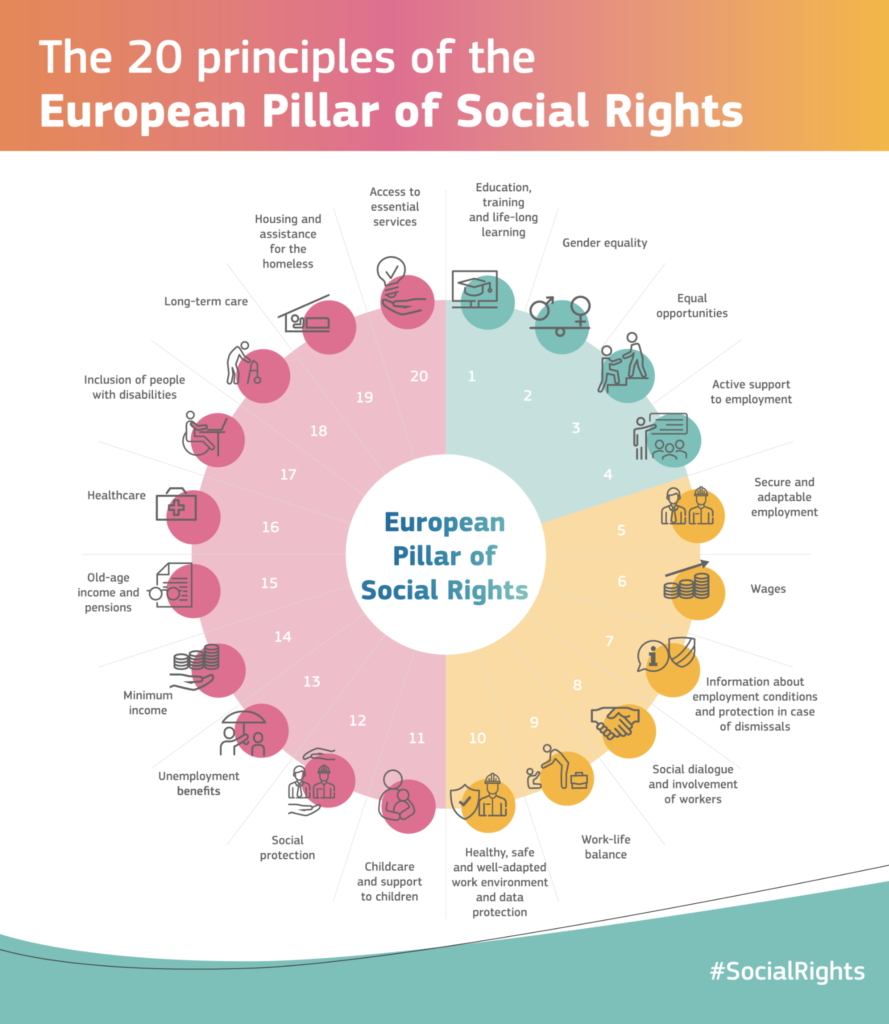
source: https://op.europa.eu/webpub/empl/european-pillar-of-social-rights/en/
It recognizes that sustainable development must encompass the welfare of every person, irrespective of their background or circumstances. Addressing social inequality and promoting social justice are fundamental objectives of the social pillar.
One of the key components of the social pillar is ensuring access to education, healthcare, and basic amenities for all.
Education empowers individuals, equipping them with knowledge and skills to contribute meaningfully to society.
Universal access to healthcare ensures that everyone has the opportunity to lead healthy and productive lives.
Furthermore, access to clean water, sanitation facilities, and affordable housing is essential for enhancing the quality of life and eradicating poverty.
Empowering marginalized communities is another critical aspect of the social pillar.
This involves recognizing and addressing systemic barriers that hinder the progress of disadvantaged groups.
Promoting inclusivity, diversity, and equal opportunities helps create a society where everyone can thrive, regardless of their socioeconomic status, gender, race, or ethnicity.
Economic Pillar
The economic pillar of sustainable development aims to foster economic growth while ensuring the responsible use of resources and minimizing negative impacts on the environment and society.
It emphasizes the need for sustainable business practices, responsible consumption, and the pursuit of innovation and green technologies.
Sustainable business practices involve incorporating environmental and social considerations into corporate strategies.
This includes reducing greenhouse gas emissions, implementing circular economy models, and promoting ethical supply chains. By adopting sustainable practices, businesses can mitigate risks, enhance their reputation, and contribute to the overall well-being of society.
Responsible consumption is another crucial aspect of the economic pillar.
Encouraging individuals and communities to make informed choices, reduce waste, and prioritize sustainable products and services can significantly contribute to a more sustainable future.
This shift towards conscious consumerism empowers individuals to align their purchasing decisions with their values, encouraging businesses to adopt sustainable practices.
The economic pillar also encourages innovation and the development of green technologies.
By investing in research and development, societies can foster technological advancements that minimize environmental impact and promote sustainable practices.
This refers to the development of renewable energy sources, energy-efficient technologies, and sustainable transportation systems. The integration of green technologies not only reduces environmental harm but also creates new opportunities for economic growth and job creation.
The Interconnectedness of the Pillars
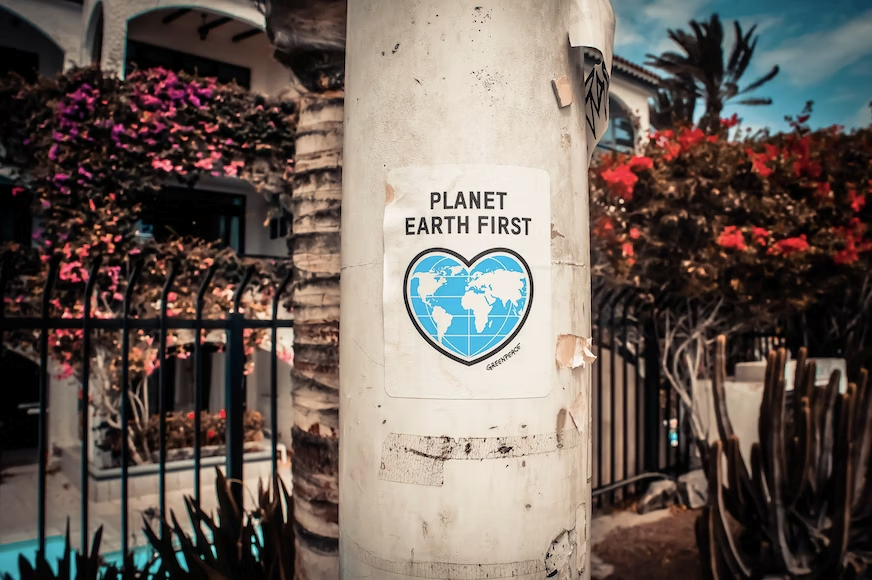
source: https://unsplash.com/photos/D0xQQsZovws
The pillars of sustainable development are not isolated concepts but are intricately interconnected.
Progress in one pillar often supports and enhances the others, leading to a more holistic and effective approach to sustainability.
For instance, protecting the environment through the environmental pillar can directly impact the well-being of individuals within the social pillar. Preserving ecosystems and promoting clean air and water contribute to improved health and quality of life.
Similarly, advancements in the economic pillar, such as the adoption of sustainable business practices and green technologies, can have positive effects on both the environment and society. Embracing sustainable practices not only reduces carbon emissions but can also lead to cost savings for businesses and improved working conditions for employees.
Integrated approaches to sustainable development exemplify the interplay between the pillars.
Initiatives that address social and environmental challenges simultaneously, such as community-led renewable energy projects or sustainable agriculture programs, demonstrate how a holistic approach can generate positive outcomes.
These initiatives showcase the importance of recognizing the interconnectedness of the pillars and working towards their harmonious integration.
Case Studies
Examining real-world examples of sustainable development initiatives provides valuable insights into the practical application of the pillars.
One notable case study is Costa Rica’s commitment to environmental preservation and sustainable tourism. Through the establishment of national parks, reforestation efforts, and the promotion of eco-friendly tourism practices, Costa Rica has successfully balanced economic growth with environmental protection.
Another inspiring example is the Grameen Bank in Bangladesh, which focuses on microfinance and empowering women. By providing small loans to low-income individuals, particularly women, the bank has uplifted communities, reduced poverty, and enhanced social equity. This case study demonstrates the power of the social pillar in driving positive change.
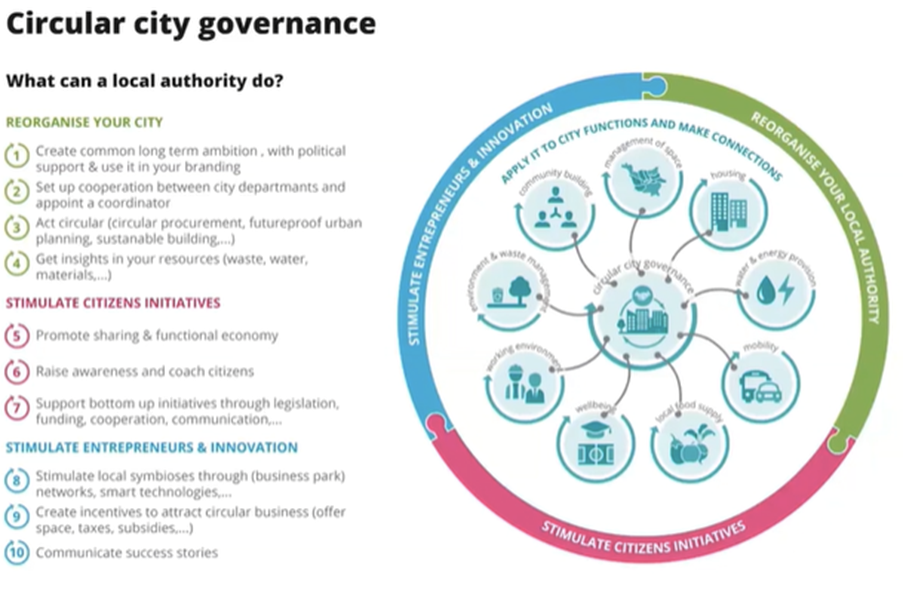
Additionally, the circular economy initiatives in cities like Amsterdam and Stockholm showcase the potential of the economic pillar. By promoting waste reduction, resource efficiency, and recycling, these cities have transformed their economic systems, reducing environmental impact and creating new business opportunities.
Challenges and Solutions
Despite the progress made in sustainable development, numerous challenges persist.
One major hurdle is the lack of awareness and understanding of sustainable practices among individuals and businesses. Education and awareness campaigns are crucial in promoting behavior change and encouraging the adoption of sustainable lifestyles and practices.
Another challenge lies in the complexity of systemic issues, such as poverty and social inequality.
Addressing these problems requires multifaceted approaches that involve policy changes, community engagement, and collaboration among various stakeholders.
Governments, businesses, civil society organizations, and individuals must work together to develop inclusive strategies that address these challenges.
The transition to a sustainable future also necessitates financial investments and incentives.
Governments and financial institutions play a vital role in providing support and resources for sustainable development initiatives.
By incentivizing sustainable practices, offering grants and subsidies, and redirecting investments toward sustainable projects, the economic feasibility of sustainability can be enhanced.
The Bottom Line
The pillars of sustainable development offer a blueprint for building a future where humanity and nature thrive in harmony.
By recognizing the interconnectedness of the pillars and understanding their significance, we can begin to take action and contribute to a more sustainable world.
Ultimately, it is up to us to make the necessary changes and pave the way for a brighter future.

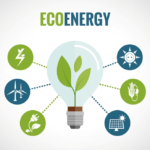











No Comments